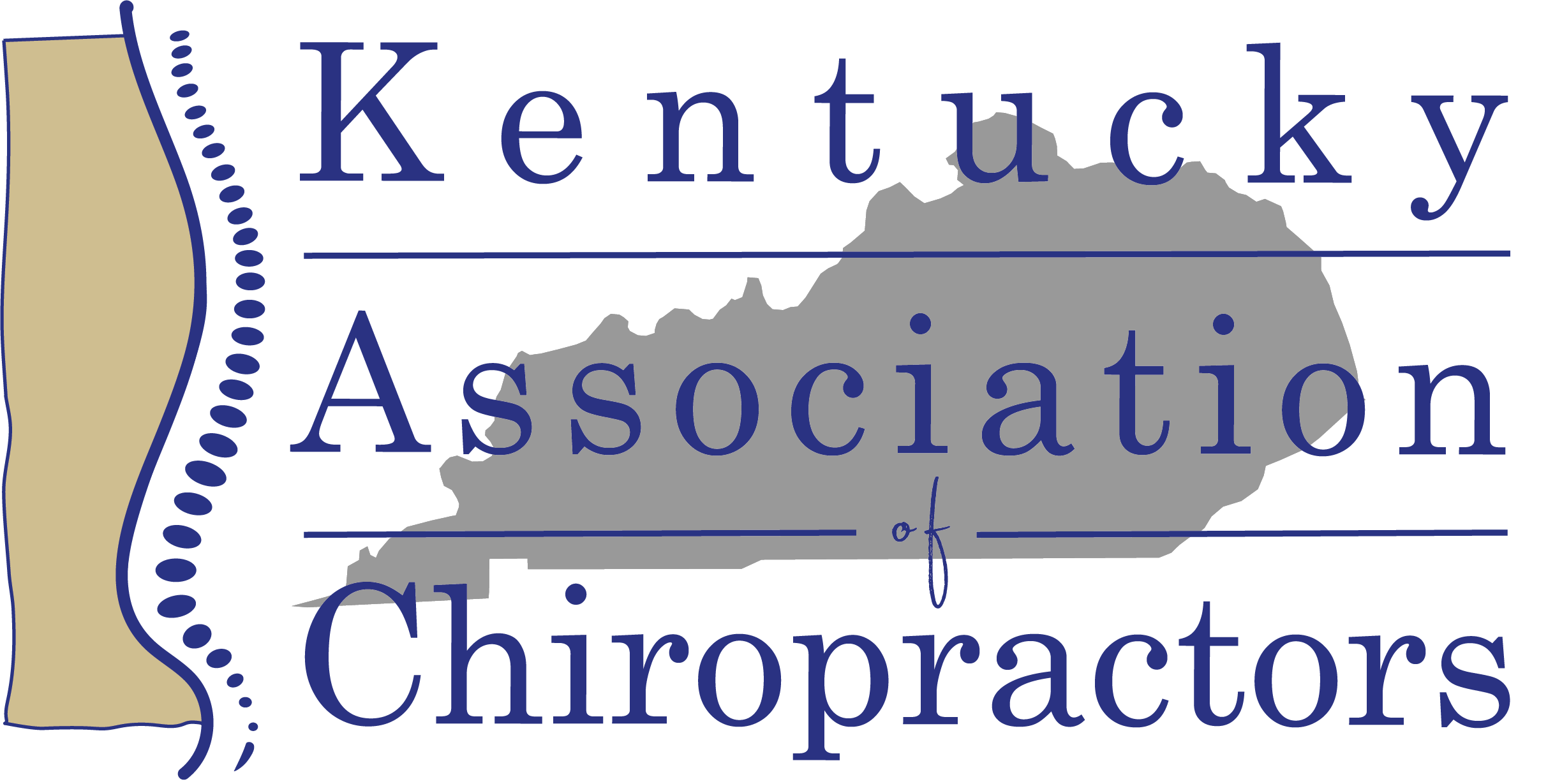“Disaster recovery” is a vital part of business continuity planning. The term refers to your practice’s ability to bounce back in the face of any event that significantly impacts your productivity, staff safety, or organizational security.
Typical examples are returning to business following a cyberattack or being hit by a disaster of the meteorological kind. The golden rule for survival is having a clear recovery plan written, distributed, and drilled in advance. Here are the essential elements every recovery strategy requires.
- Risk Evaluation
Look closely at your practice and list every system, program, object, or person that is mission critical. A rigorous risk audit will reveal all your practice’s vulnerabilities and provide a framework for your entire plan.
- Designate Disaster Roles
No practice wants to devolve into disorganized panic if the worst occurs. Deciding who will be responsible for what role involves choosing a staff member to:
- Account for everyone’s location.
- Contact the proper authorities (police, utilities providers, emergency responders) and liaise with other parties related to recovery such as data backup teams.
- Appoint an internal disaster manager or team who will distribute and regularly review plans and their contact details for validity such as phone numbers, emails, and addresses.
- Invest in Data Backup and Security
Cyberattacks are a daily risk to medical practices that hold valuable personally identifiable information. Some practices handle data backup alone and some outsource it. Whichever you choose, always run test recoveries to ensure data can be retrieved and ask any third-party security teams for complete details on their backup procedures.
- Run Regular Disaster Drills
Run disaster recovery tests often. There’s no telling how well-versed your staff is until you try them. This is also important because vital contact details for outside parties may have been updated in the interim, rendering your old numbers/emails useless and leaving you vulnerable in an emergency.
- Prioritize Prevention
Ensure your clinic has a robust cyber security plan involving safeguards such as anti-virus software, firewalls, and multi-step authentication. You may also want to invest in an onsite power generator to preempt any grid outages.
- Get Familiar with FEMA
The Federal Emergency Management Agency is the go-to resource when preparing for any disaster. Use their online ordering platform to get a host of free planning materials sent to your practice and to sign up for regular updates. You’ll soon be ready for disasters of all kinds, be they natural or man-made.
Implementing these steps helps ensure your practice doesn’t make a drama out of a crisis and keeps your patients receiving the treatment they need. It is also a vital part of your compliance plan. Are you concerned that you may not be prepared for a disaster? Click here to request a Gap analysis. The Gap Analysis from ChiroArmor can help you see where you may be deficient and show you how outsourcing can bridge the gap.
___

Dr. Ray Foxworth is a certified Medical Compliance Specialist and President of ChiroHealthUSA. A practicing Chiropractor, he remains “in the trenches” facing challenges with billing, coding, documentation and compliance. He has served as president of the Mississippi Chiropractic Association, former Staff Chiropractor at the G.V. Sonny Montgomery VA Medical Center and is a Fellow of the International College of Chiropractic. You can contact Dr. Foxworth at 1-888-719-9990, info@chirohealthusa.com or visit the ChiroHealthUSA website at www.chirohealthusa.com. Join us for a free webinar that will give you all the details about how a DMPO can help you practice with more peace of mind. Go to www.chirohealthusa.com to register today.



